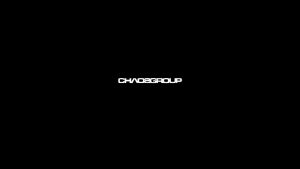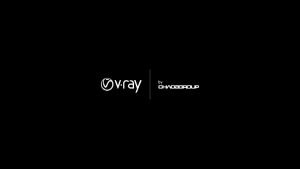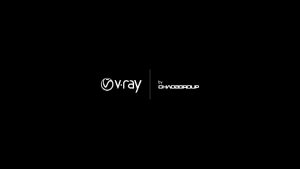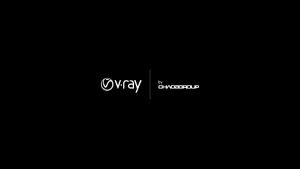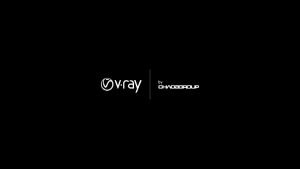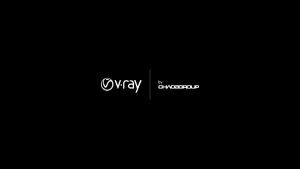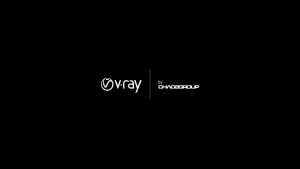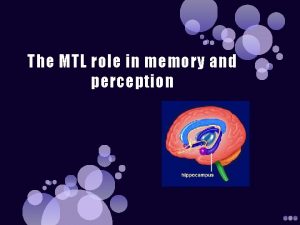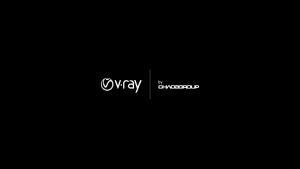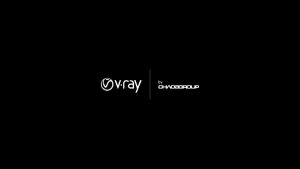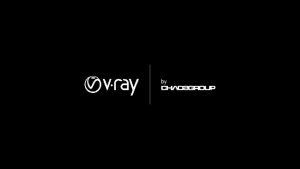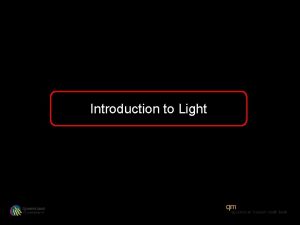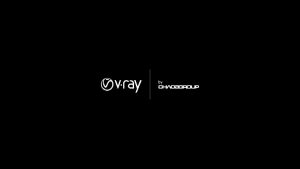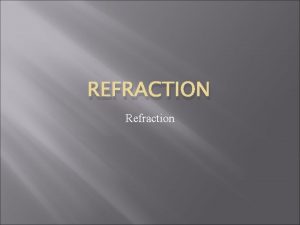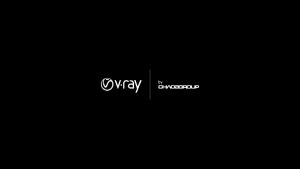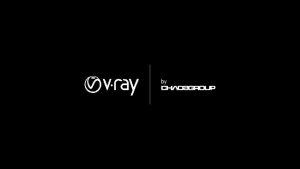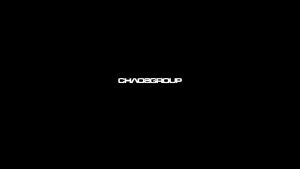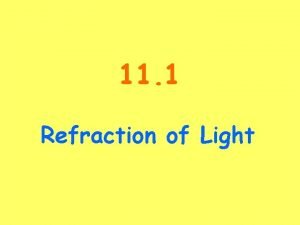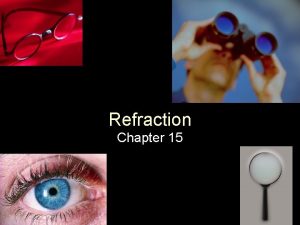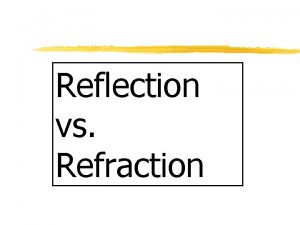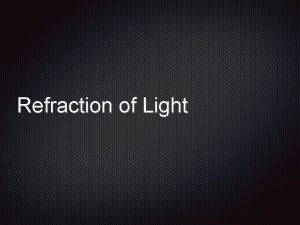VRay Material VRay Mtl Refraction Lesson Introduction Orientation


















- Slides: 18


V-Ray Material: VRay. Mtl Refraction

Lesson Introduction – Orientation • This presentation will take you through setting up Refraction for a basic material • This information centers around the main Refraction parameters for VRay. Mtl • The lesson topic is approximately 30 minutes in length • Presentation covers all 3 Learning Cycles for the Lesson Topic – Lecture, Demonstration, and Activity

Lesson Topic: V-Ray Material Refraction • Objective – We will use several parameters to alter a material in the scene • Develop a look for the owl statue • Use various Refraction parameters to create different looks • Outcome – You will understand how to work with the Refraction parameters in VRay. Mtl to create a specific look

Lecture: Terminology • Here’s some terms to be aware of when thinking about refraction – Refraction – The bending of light when it passes through a substance such as water or glass – IOR – Index of Refraction: A physics-based number indicating how much light bends when traveling through a substance. Air has an IOR of 1. 0, which is considered “no refraction”. – Dispersion – White light is actually made up of all colors in the rainbow. Dispersion is the scattering of light into its component colors, as with a prism.

Lecture: Refraction in the Real World • In life, light bends when it passes through glass, water, and other transparent substances • Objects inside or behind the transparent substance look warped • We recognize materials by this refraction—glass refracts differently based on thickness, type of glass, etc. • In addition to refracting, prisms disperse light to create colors from white light

Lesson Topic: V-Ray Material Refraction • Parameters that affect Refraction in VRay • • • Refraction Color, Glossiness, IOR Fresnel parameters Fog Color, Fog multiplier Dispersion Abbe Subsurface scattering

Lesson Topic: V-Ray Material Refraction • Refraction Color • Hue sets color of exterior where light deflects • Luminance (slider) sets transparency/refractiveness. Full luminance makes a thick glass material.

Lesson Topic: V-Ray Material Refraction • Refraction Glossiness • Sets clarity of transparency effect • Lower values give a “frosted glass” look

Lesson Topic: V-Ray Material Refraction • Refraction IOR • Sets Index of Refraction for the effect. IOR of 1. 0 = “no refraction”. • This value is usually locked to Fresnel IOR

Lesson Topic: V-Ray Material Refraction • Fog Color • Sets color/pattern of interior • Fog multiplier increases/decreases effect

Lesson Topic: V-Ray Material Refraction • Dispersion • Calculates true light wave dispersion, as with a prism • Dispersion Abbe varies dispersion—lower values create greater diversity of colors

Lesson Topic: V-Ray Material Refraction • Subsurface Scattering • Creates effect of light scattering just below surface • Fwd/back coeff controls direction of scatter

Lecture Conclusion: V-Ray Material Refraction • Refraction Color • Fog Color • Refraction Glossiness • Dispersion • Refraction IOR • Subsurface Scattering – Sets exterior/thick color or pattern – Sets sharpness/glossiness of refraction – Sets Index of Refraction for effect – Sets color/pattern of interior – Creates true light dispersion – Scatters light just below the surface

Time to see it work! • Demonstration Cycle! • Watch while I demonstrate how to set up Refraction for a basic VRay. Mtl material

Time to do it yourself! • Activity Cycle! • Now it’s your turn!! • Use the provided scene file to set up a reflective material for the owl • The next slide provides some specific values I used for your reference

Dialing in the right values • • Refraction Color – 90% white Refraction Glossiness – 0. 7 Refraction IOR – 1. 6 Subsurface scattering - On

